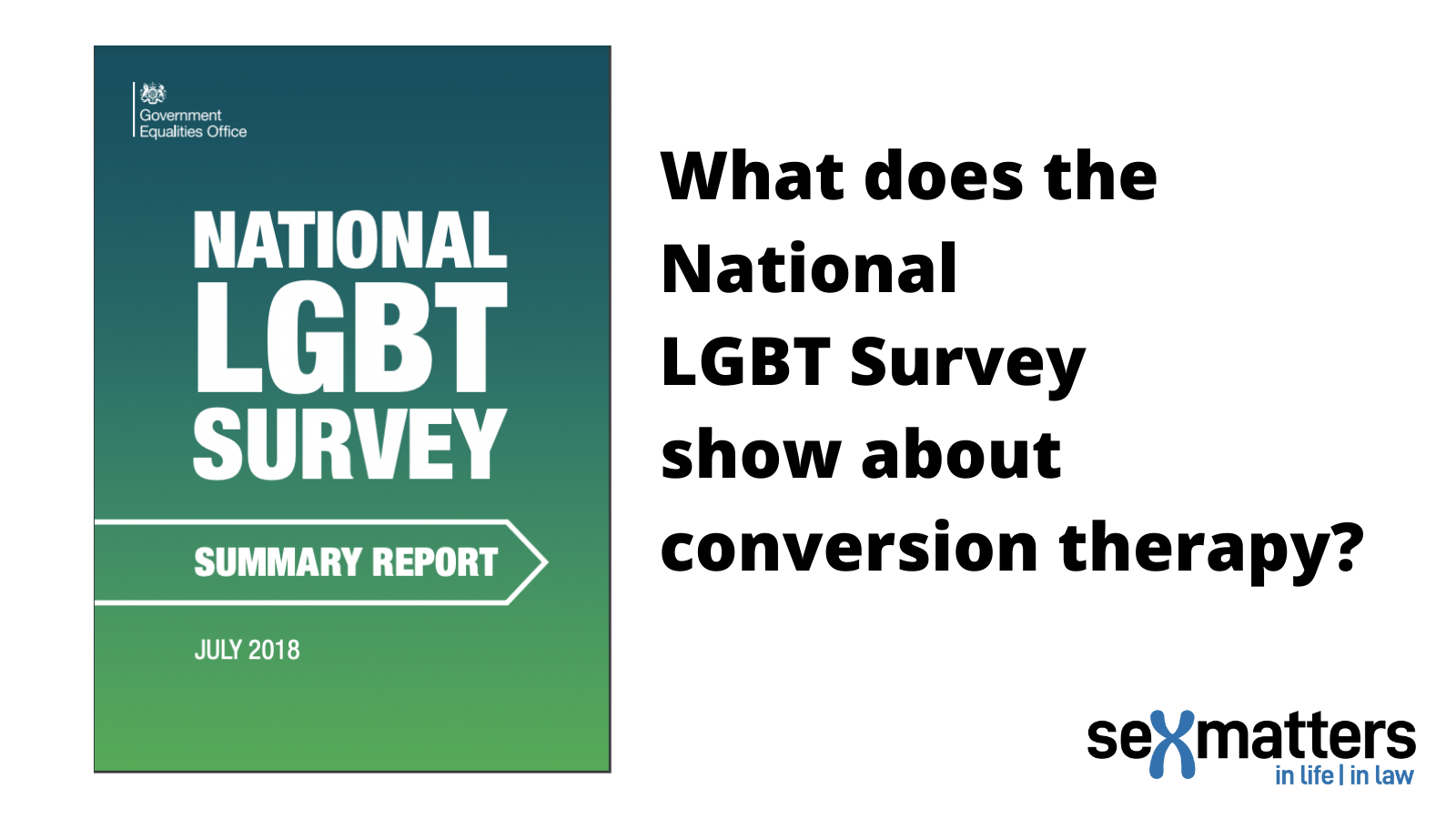Is there evidence of an urgent epidemic of conversion therapy?

One piece of evidence that is often cited in support of a ban on “conversion therapy” is the the Government’s LGBT Survey undertaken in 2017. 108,000 people responded. 2% of all respondents reported having previous undergone conversion therapy and a further 5% said they had been offered it.
A very broad definition
The survey described conversion therapy broadly as:
“techniques intended to change someone’s sexual orientation or gender identity. These techniques can take many forms and commonly range from pseudo-psychological treatments to spiritual counselling. In extreme cases they may also include surgical and hormonal interventions or so-called ‘corrective’ rape.”
This is a very broad definition ranging from talking therapy exploring gender identity to coercive and abusive treatments seeking to change a person’s sexual orientation, which would already be illegal.
Limitations of the survey
The survey reached a self-selected sample, thus it is subject to sample bias and is not likely to be representative of the population of lesbian, gay, bisexual and trans people in the UK.
One sign of this, for example is that 69% of respondents were aged under 35, compared to 31% of the general population.
Another key weakness of the survey is that it did not ask respondents their sex, so for those who identify as non-binary it is impossible to say what sex they are.
It is notable that in the 16-24 age group gay and lesbian people are a minority amongst the wider “LGBT” umbrella.
Patterns across the age groups
Given these limitations conclusions that can be drawn from this data are limited. But some patterns are worth noting:
The frequency of reporting of experience of “conversion therapy” falls across the age groups from older to younger people suggesting in particular “gay conversion therapy” is largely a historic practice in the UK.
Differences in the transgender population across age groups
In the survey the gender identities “non binary” and “transman” tended to be more popular within the younger age groups. Future surveys and other studies may reveal whether these identities are stable into later adult life.
The figures showing a higher proportion of “transwomen” in the older age group of trans identifying people which is consistent with the pattern that males often transition late in life, typically after being married, fathering children and pursuing their career while living as a man (often cross-dressing recreationally).
The LGBT Survey did not ask respondents a question about sex, so it is impossible to know whether the non-binary respondents are male or female.
The proportion of lesbians to transmen falls from 22:1 in the 45-54 age group to 3:1 in the 16-24 age group supporting concerns that young lesbians are increasingly identifying as “straight” transmen, which if undertaken under pressure could be considered a form of conversion therapy.
Given the recent rapid rise in young people, and particularly girls presenting at gender identity clinics, the lack of evidence about the effectiveness of this treatment, and concerns about the politicisation of this treatment, it is difficult to see the urgency of legislating against “conversion therapy” in relation to gender identity without evidence that abusive practices are on the rise and not covered by existing legislation.
